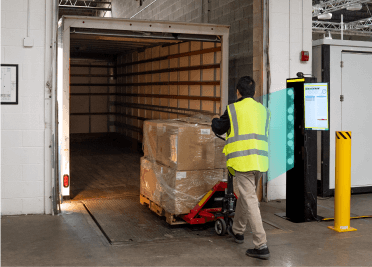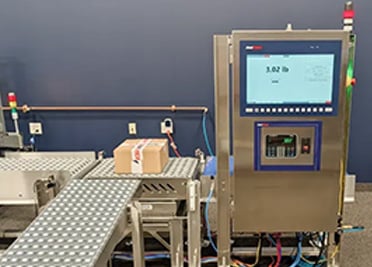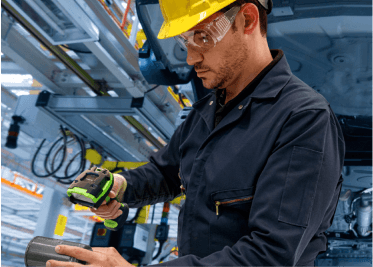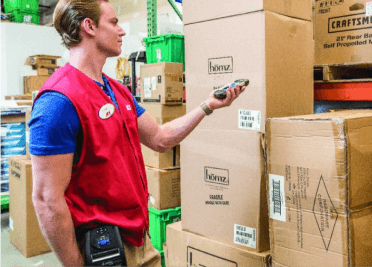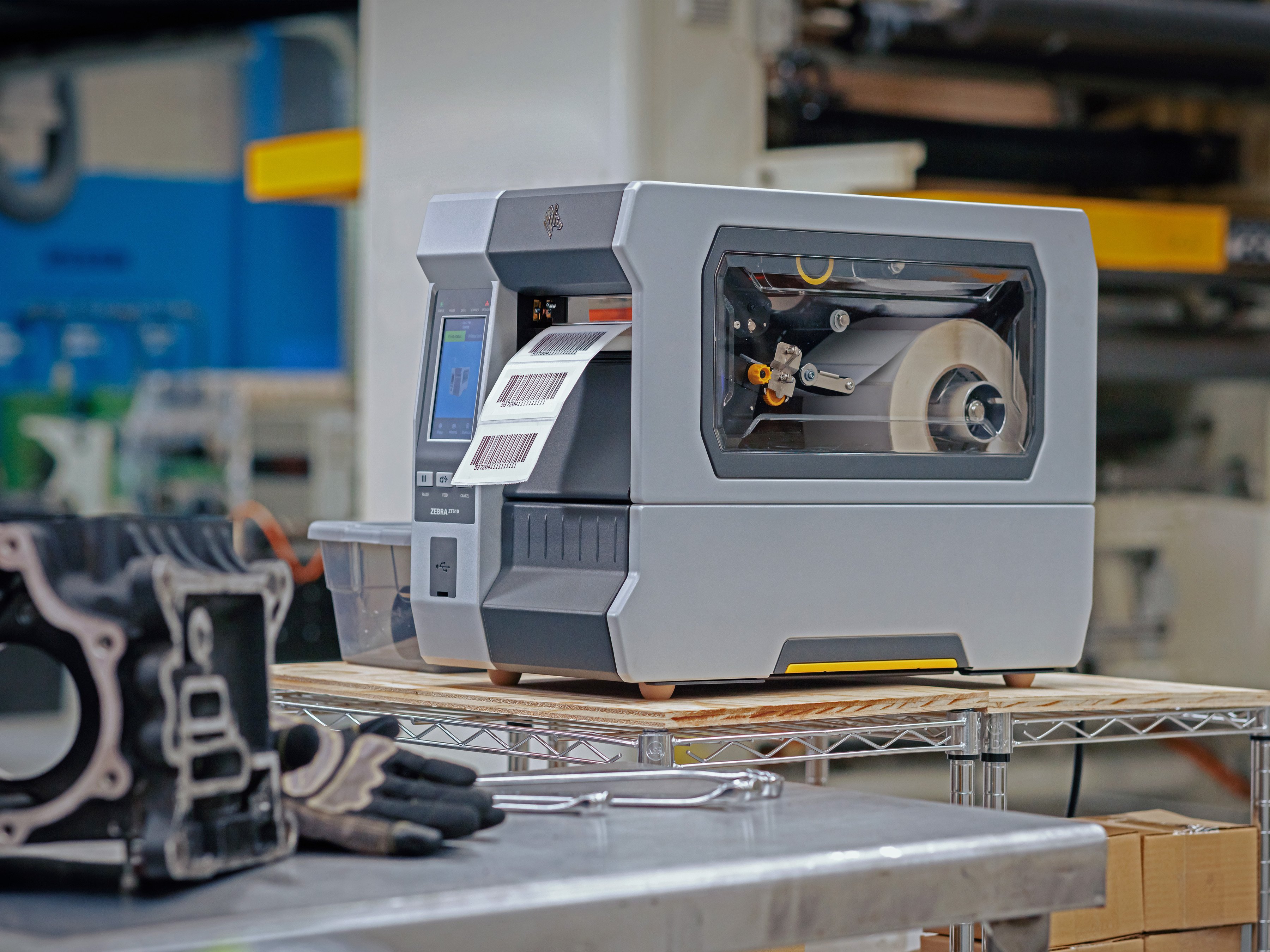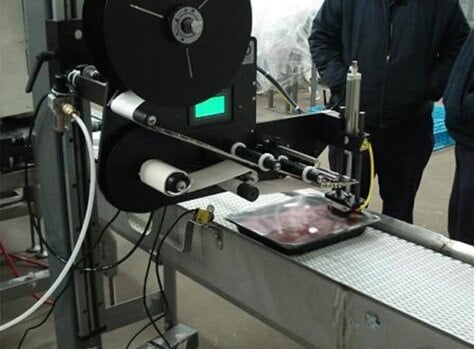In fast-moving environments like warehouses, repair hubs, and supply chain operations, labeling errors don’t just create delays—they create chaos. One unreadable barcode can stall a shipment, break a process, or cause a costly rework.
Often, the problem isn’t the process. It’s the hardware.
The Real Cost of Device Inconsistency
When every facility chooses their own printer or scanner model—or continues using legacy devices years past their prime—errors multiply. You’ll see:
- Inconsistent label alignment across sites
- Scanner misreads due to poor print resolution
- Downtime from driver mismatches or outdated firmware
- Extra IT support requests from every corner of the operation
Without standardization, each new site becomes a support challenge. Labels may look different. Supplies don’t match. Processes have to be rewritten or retrained.
That’s why more enterprise teams are rethinking how they select and manage print and scan infrastructure—not just to reduce errors, but to enable growth.
A Better Approach to Print and Scan Infrastructure
When you treat printers and scanners like critical infrastructure, not commodity purchases, the benefits become clear.
Here’s what smart operations teams are doing:
- Standardizing Printer Models Across Sites
Choosing validated printer models helps ensure consistency in label formatting, supply compatibility, and technician training. It also makes it easier to manage print supplies like ribbons and tags from a central strategy. - Managing Firmware and Configurations Centrally
With centralized management platforms, teams can push updates remotely, monitor print status, and resolve issues proactively—without flying IT staff to every facility. - Selecting the Right Scanners for the Job
Not all scanners are built the same. From high-speed outbound verification to rugged handhelds used on forklifts or in repair stations, the scanner must match the application environment. - Building Compatibility Into Label Design
Even the best labels fail if the printer or scanner can’t handle them. Standardizing hardware ensures the labels, ribbons, and print supplies perform as designed in every application—from dry warehouse floors to humid outdoor dock areas. - Simplifying Support and Supply Management
Fewer models means less training, fewer drivers, and easier supply forecasting. Teams can plan labeling supply orders confidently, knowing what works across the board.
The Results: Speed, Accuracy, and Scalability
Operations that standardize their labeling hardware don’t just reduce risk—they unlock efficiency. You’ll see:
- Higher scan success rates
- Faster onboarding for new facilities
- Predictable labeling performance
- Reduced downtime and IT load
- Consistent output across every location
Need Help Standardizing Your Labeling Hardware?
AbeTech helps enterprise teams build resilient, scalable labeling infrastructure—starting with the right printer and scanner strategy. We help match hardware to your environment, consolidate your supply approach, and create a path to more reliable operations.
#LabelingInfrastructure #PrinterSelection #BarcodeScanners #LabelingReliability #WarehouseUptime
